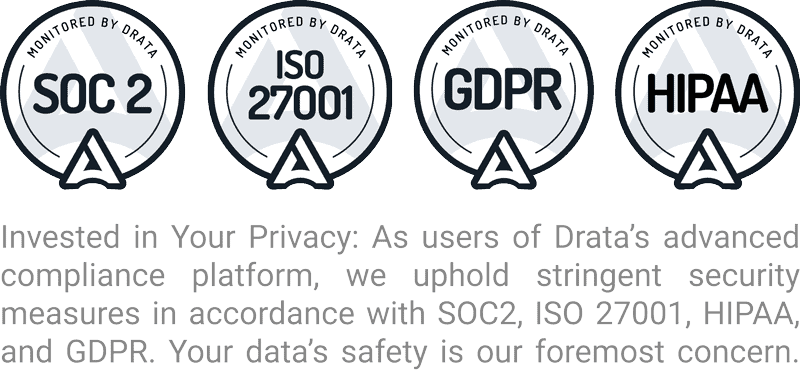Do You Have Time for Your Social Media Marketing?
 Your social media marketing commitment has to be one you can handle. There’s really no alternative – regardless of whether you’re hiring someone to do your social media or making time weekly to do it yourself, keeping an eye on your social media and how it affects your overall marketing campaigns is critical to success.
Your social media marketing commitment has to be one you can handle. There’s really no alternative – regardless of whether you’re hiring someone to do your social media or making time weekly to do it yourself, keeping an eye on your social media and how it affects your overall marketing campaigns is critical to success.
Hiring
Some people alleviate their social media management issues by hiring a team to take care of their Facebook, G+, Twitter, Pinterest and other social media marketing pages. This is always a great idea if you can afford it- but what about supervision? How will you know your social media marketing team has your best interests in mind and is posting engaging content that’s relevant to your business?
Ask any team you’re considering working with if they have a strategic way of targeting your audience. You should also ask how and when they plan on reporting back to you. If you or someone on you team isn’t monitoring an advertising team you outsource to, you won’t have any control over what’s posted about you.
Making Time for Social Media Marketing
Time constraint is a huge factor in how social media marketing is handled. You can schedule time weekly to check out engagement, use a social media aggregator and make any necessary updates to your profiles. However, many folks are going a step beyond that. Some small business owners vow to check into social media daily and answer questions, but simply don’t have the time to do it.
If you’re doing your own social media marketing, methodology is important. Have a set schedule that includes what tasks need to be done for the week along with a time frame. If you can’t make time to do these tasks week after week, or someone on your team isn’t doing them efficiently, it’s time to look at other options like outsourcing.
Tracking Social Media
Engagement is about more than getting people to notice you, come to your website and buy from you. It’s about building trust between you and your customers. Analytics and tracking allow you to see how effective your social media marketing campaigns truly are. If you’re not checking metrics such as brand mentions, clicks to your website from social media or new followers, you could be missing a good opportunity to leverage more interaction for your brand.
Most analytics tracking systems don’t give you the data you need to single out and nurture individual customers who come from your social media marketing efforts. Lead Liaison can! Talk to us today about upping your social media game and tracking customers from entrance to exit.










